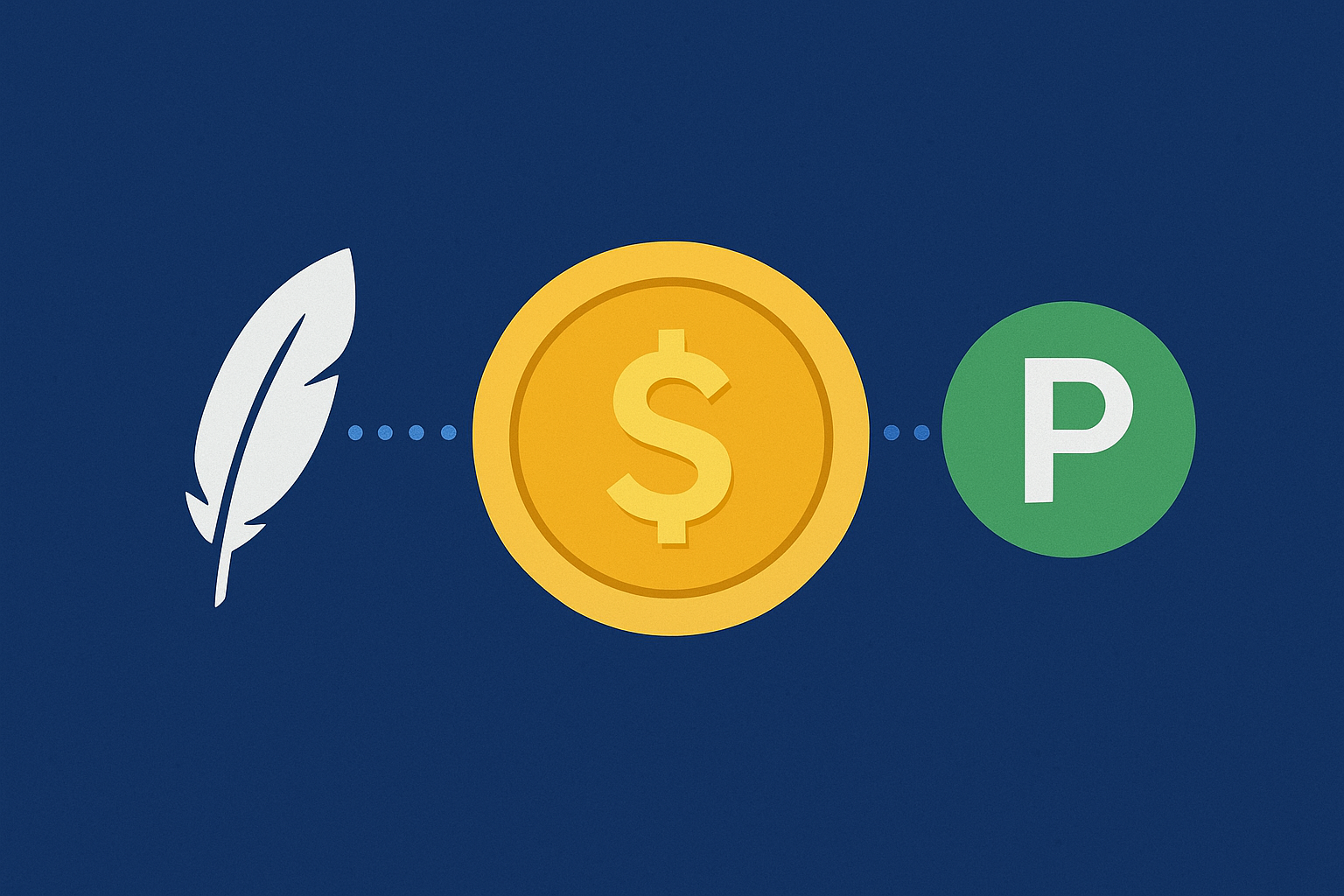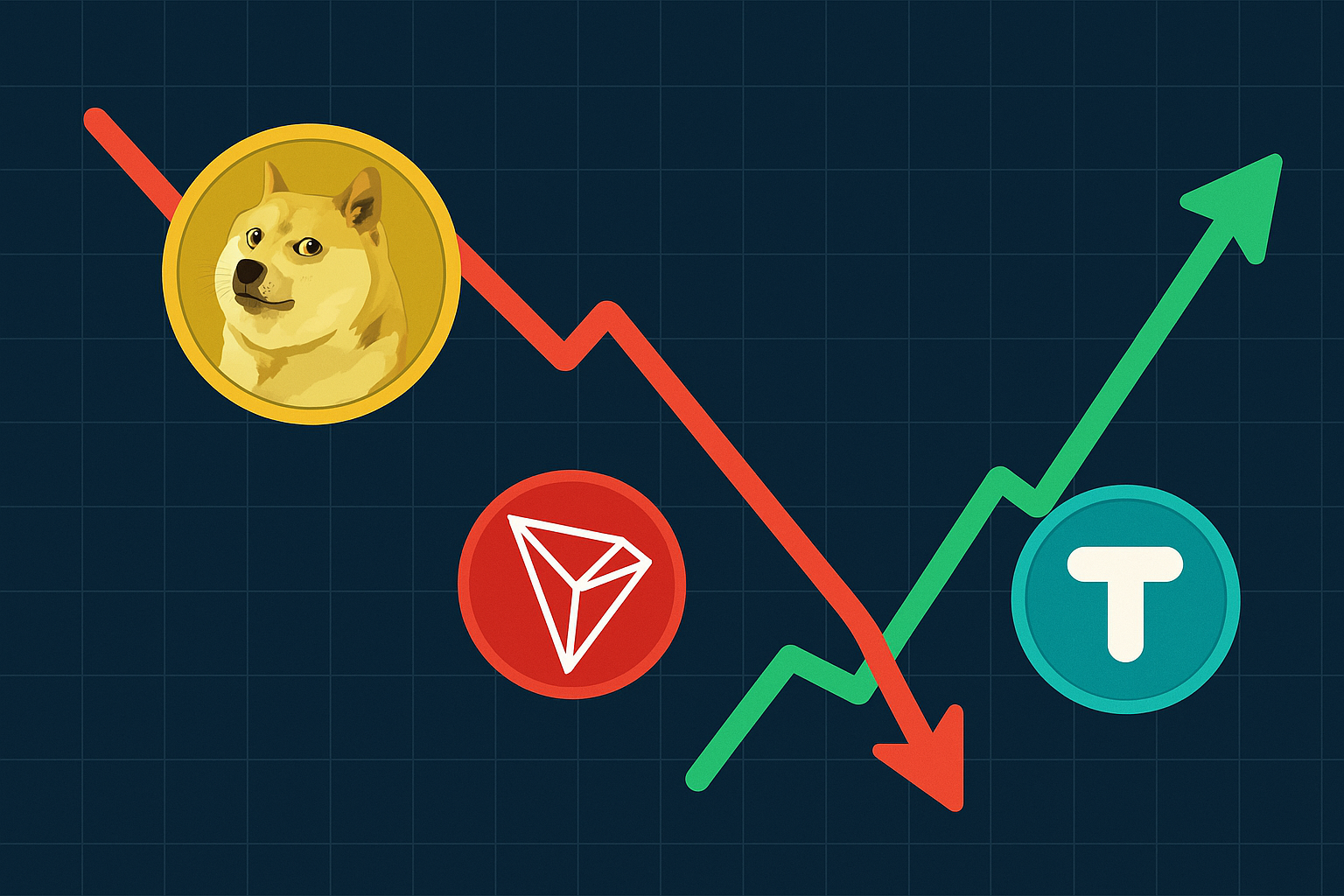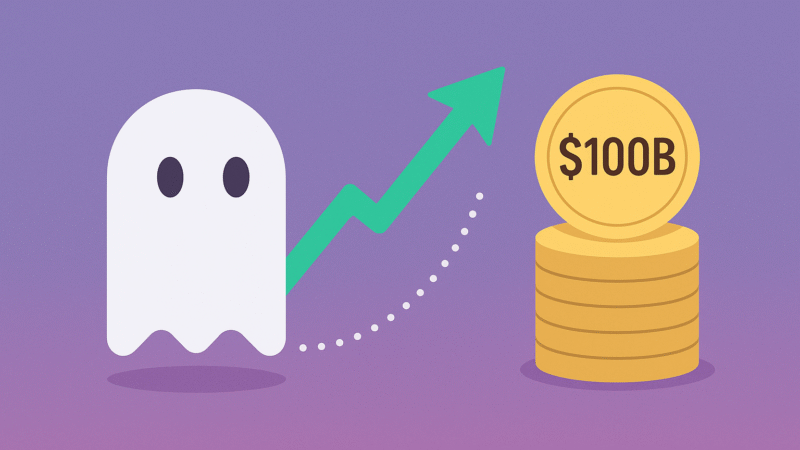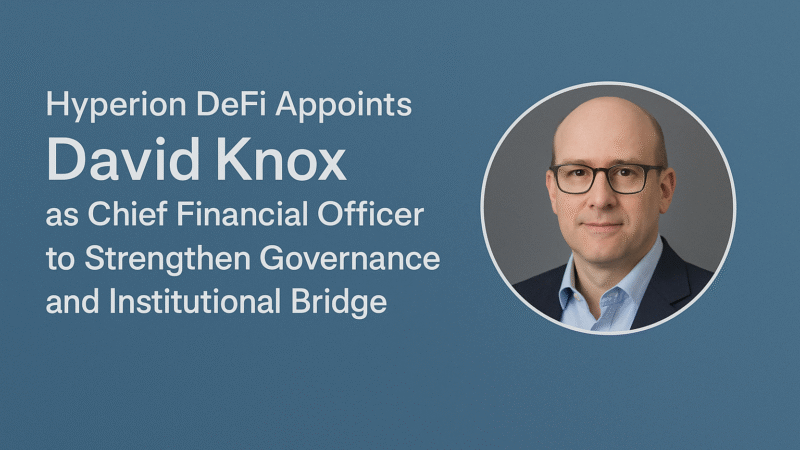Tokenized Assets Set To Eclipse DeFi: Chronicle Founder’s Vision For Oracles And RWA Liquidity
Introduction
On August 11, 2025, Chronicle founder Niklas Kunkel shared a bold and detailed vision for the future of decentralized finance. His perspective places tokenized assets, particularly real-world assets (RWAs), at the center of DeFi’s next growth phase. Kunkel believes these assets will not only rival but eventually surpass traditional DeFi by attracting large-scale institutional capital, improving market stability, and offering new, diversified yield opportunities. Central to this evolution is the role of advanced oracle technology, which he says will be essential in providing the transparency and data reliability needed to integrate RWAs into decentralized systems.
The Evolution Of Oracles: From Price Feeds To Risk Context
Historically, oracles in blockchain ecosystems have been synonymous with delivering price feeds. They acted as bridges between blockchains and off-chain data, supplying the essential pricing information required for lending platforms, derivatives, and automated market makers to function. But according to Kunkel, this narrow view of oracles is quickly becoming outdated.
Today, oracles are evolving into more complex systems that do more than just report prices. They are becoming data providers that offer context for risk management, delivering information that helps protocols evaluate creditworthiness, liquidity risks, and asset performance in real time. This kind of data is critical for managing RWAs on-chain, where investors and protocols require deeper insights to ensure security and compliance.
In traditional finance, risk management often relies on quarterly filings and slow-moving audits. DeFi, on the other hand, operates on a much faster timeline—often requiring decisions to be made in seconds or minutes. Oracles can bridge this gap by delivering transparent, real-time data that meets the speed requirements of DeFi while maintaining the rigor demanded by institutional investors.
Tokenized RWAs: A Multi-Trillion Dollar Opportunity
Kunkel emphasizes that tokenized RWAs represent more than a new asset class; they are a bridge to a much larger pool of capital. Real-world assets such as bonds, real estate, commodities, and credit products have well-established markets in traditional finance worth trillions of dollars. Bringing these onto blockchain platforms could dramatically expand the total addressable market for DeFi.
Currently, DeFi is heavily dependent on crypto-native assets like ETH, BTC, and stablecoins. While these assets are essential to the ecosystem, their market size is small compared to the universe of RWAs. Kunkel envisions a future in which tokenized RWAs bring in institutional liquidity on an unprecedented scale, creating a more stable and sustainable DeFi ecosystem.
The process will require infrastructure that can handle the unique demands of these assets—especially around regulation, valuation, and risk. This is where advanced oracles will play a pivotal role.
Bridging DeFi And TradFi Via Tokenization
Chronicle’s approach focuses on creating the oracle infrastructure necessary to integrate RWAs seamlessly into DeFi protocols. The goal is to provide the transparency, data accuracy, and compliance capabilities that traditional financial institutions expect, but in a decentralized format.
One example of this integration is the use of tokenized credit products such as collateralized loan obligations (CLOs) within DeFi ecosystems. These products can offer attractive, predictable yields to investors while also being backed by real-world income streams. By tokenizing these instruments and delivering risk data through oracles, DeFi platforms can offer them to a global audience without intermediaries.
Kunkel points to collaborations between decentralized asset managers and on-chain credit platforms as evidence that the market is ready for this transition. The allocation of significant capital into tokenized fixed-income products demonstrates growing confidence in both the yield potential and the technological framework supporting them.
Oracles As DeFi’s Regulatory Sync
Regulation remains one of the largest barriers to institutional adoption of DeFi. Traditional financial systems rely on a network of auditors, regulators, and standardized reporting systems to maintain transparency. DeFi, in contrast, has often been criticized for its opacity and lack of oversight.
Kunkel believes oracles can change this narrative. By providing regulators and market participants with consistent, verifiable, real-time data, oracles could serve as DeFi’s compliance infrastructure. Instead of waiting for quarterly or annual disclosures, regulators could monitor market conditions continuously, improving trust and reducing systemic risk.
In this way, oracles could become more than just data tools—they could act as an essential bridge between decentralized protocols and the traditional regulatory environment.
Oracle Innovation: Chronicle’s Vision And Achievements
Chronicle has already made significant progress in redefining what oracles can do. Since its early days supporting MakerDAO, it has secured billions of dollars in on-chain assets and developed infrastructure designed for scalability and cost efficiency. This technical foundation has allowed Chronicle to compete with larger, more established oracle providers while carving out a distinct position in the market.
In recent months, Chronicle has been tapped to support large-scale tokenization initiatives, demonstrating industry confidence in its technology. The company’s focus on supporting tokenized RWAs positions it well for a market that appears to be entering a rapid growth phase.
The broader tokenized RWA sector has seen remarkable expansion. Over the past few years, the total value of RWAs brought on-chain has increased severalfold, indicating growing demand from both retail and institutional investors. This momentum suggests that tokenization is not a passing trend but a fundamental shift in how assets are managed and traded.
Implications For DeFi, Institutional Investors, And The Crypto Ecosystem
Redefining DeFi’s Growth Trajectory
Tokenized RWAs have the potential to transform DeFi’s narrative from a niche, speculative market into a cornerstone of the global financial system. With RWAs, DeFi protocols can offer investment products tied to tangible, cash-flow-generating assets rather than relying solely on crypto market speculation.
Institutional On-Ramp
For institutional investors, the combination of tokenized assets and robust oracle infrastructure provides an attractive entry point into DeFi. These participants are often deterred by the volatility and lack of transparency in crypto-native assets. RWAs, when supported by transparent data systems, can address these concerns and create a safer investment environment.
Protocol Innovation and Liquidity Dynamics
The integration of RWAs will force DeFi protocols to evolve. Traditional yield farming strategies may give way to more sophisticated financial products such as structured debt instruments and tokenized equity. Liquidity pools could include a mix of crypto and RWA-backed assets, offering diversified yield streams with clearer risk profiles.
Regulatory Headroom and Compliant DeFi
As governments around the world increase their focus on digital assets, compliant DeFi will become a necessity. Oracles capable of delivering regulatory-grade data will make it possible for decentralized protocols to operate within legal frameworks while retaining their decentralized nature.
The Road Ahead: Challenges And Opportunities
While the potential is enormous, the path to RWA-driven DeFi is not without obstacles.
Scaling Tokenization: Tokenizing a diverse range of RWAs will require legal clarity, standardization of asset representation, and significant investment in infrastructure.
Adoption Hurdles: Convincing institutional players to rely on decentralized oracle systems will require building deep trust in their accuracy and resilience.
Ecosystem Expansion: Early movers will need to prove the model works before mass adoption occurs.
Technological Evolution: Oracles will need to evolve beyond price feeds to deliver complex data sets, risk metrics, and compliance information.
Despite these challenges, the momentum is clear. The growing interest from both DeFi projects and traditional finance institutions suggests that tokenization is poised to become a defining trend for the next decade.
Conclusion
Niklas Kunkel’s vision places tokenized assets at the forefront of DeFi’s future, with oracles playing a central role in making this transformation possible. By evolving beyond simple price feeds and delivering the kind of real-time, regulatory-grade data needed to support RWAs, oracles could become the backbone of a new, institutionally friendly DeFi ecosystem.
The integration of RWAs promises to bring multi-trillion-dollar liquidity into DeFi, expand the range of available financial products, and improve stability across the market. If Kunkel’s predictions prove accurate, tokenized assets will not just complement DeFi—they will eclipse it, creating a decentralized financial system that rivals and integrates with traditional markets.



